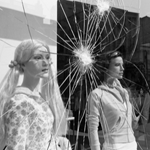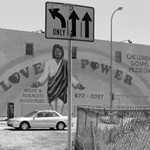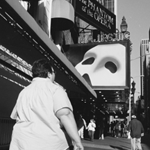The Urban Canvas
Cities serve practical, functional, symbolic, ritual, and ideological ends, all with an undeniable visual dimension. Therefore, the city can literally be looked at from different angles that refer to different orders of significance: the use of space; the types, means, and degree of control; mobility; fashion; cultural diversity; entertainment; tourism; commerce; personal, interpersonal, and group behavior; the public and the private sphere. Much of this materializes in myriad artifacts and behaviors. Cities are emanations, reproducers of power, and sites of planning, control, and conformism.
Yet at the same time, the urban context is a token and a breeding ground for resistance, for loss of control, for renewal, for deliverance. These multiple intermeshing discourses—the historic, the political, the social, the multicultural, the commercial, the religious, among others—provide the city its unpredictable, multilayered, never fully graspable character. Therefore, cities constitute at once a battlefield for conflicting interests, a playground of ideas, and a theatre for our senses, arranged by different players at different times and with different audiences in mind.
Sociology and photography are clearly distinct ways of looking at society. But they’re both about making the familiar strange, about questioning the seemingly obvious and reframing it as social facts or processes or visual statements. Theories tend to work like looking glasses or lenses with their typical distortions and aberrations, and theory-driven observations and recordings may ultimately embody a true merger of the photographic with the sociological. This visual essay presents metonyms and metaphors for human interactions that have left their marks deliberately or inadvertently in the urban context.



